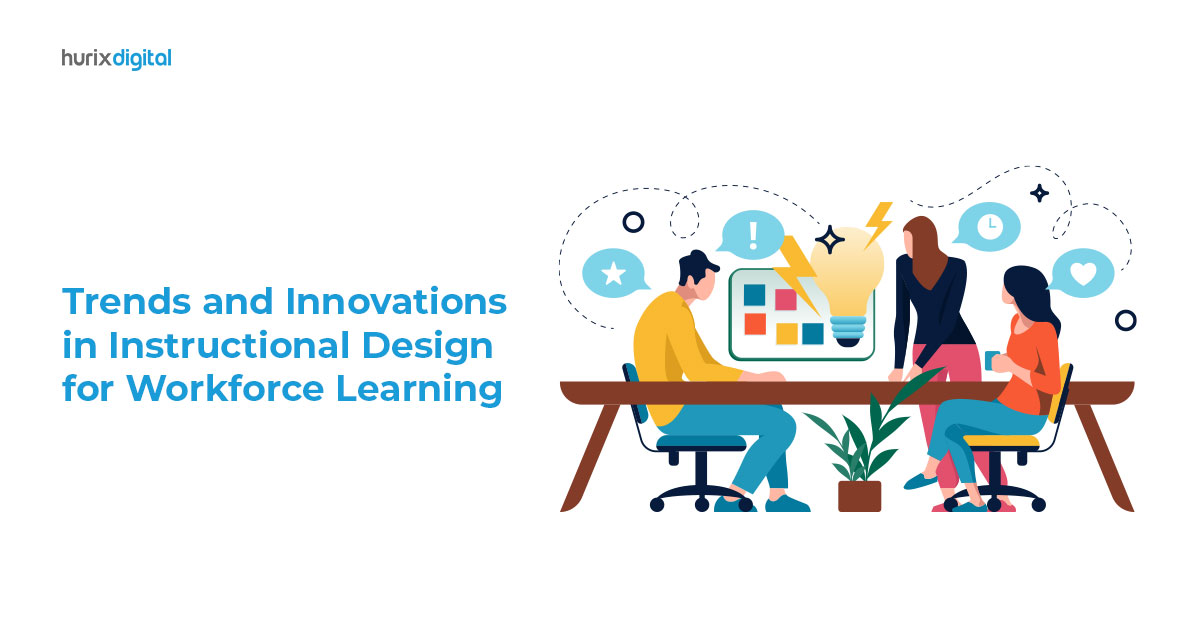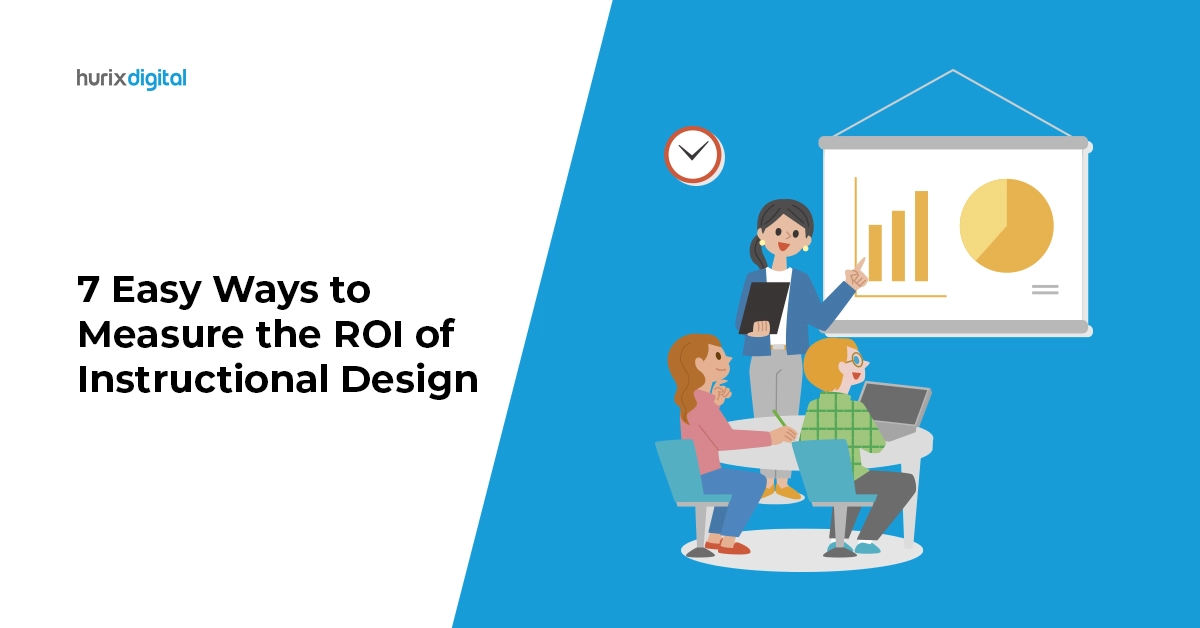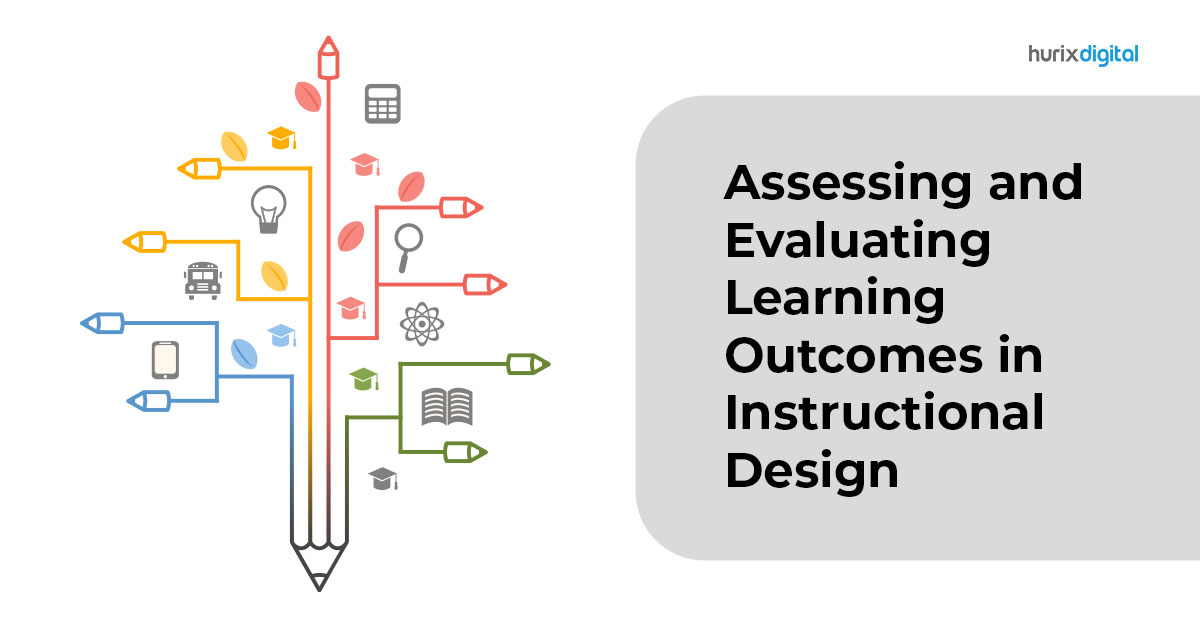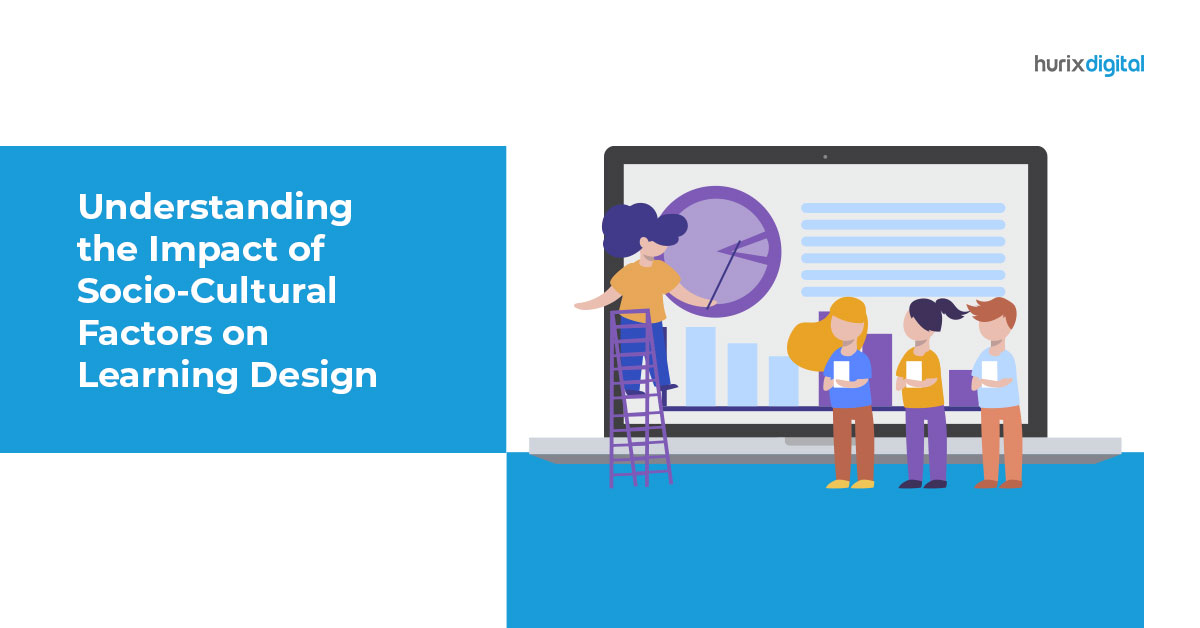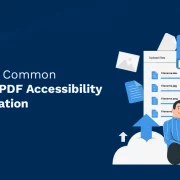
4 Instructional Design Strategies for Creating An Effective eLearning Course
An instructional design strategy is a detailed plan for designing an eLearning course. Like any other strategy, it begins by identifying and listing the eLearning course objectives and the actions that must be taken to achieve these goals using various resources, techniques, devices, and learning theories. Student retention rates for online courses vary from 35 percent to 60 percent.
First, a needs analysis must be conducted to understand learners and the organizational goals. You can administer questionnaires or conduct face-to-face or group meetings. On-site observation of the learners will help you read between the lines and gain crucial insights. The needs assessment will help you finalize a learner-centered instructional strategy using media, resources, and technology the learners are most comfortable with.
Once you have defined the goals for instructional strategies for eLearning, the next step is to choose the media elements to support your strategy. These include audio, video, graphics, infographics, screencasts, and simulations.
You must also consider the learning devices on which the eLearning course will be accessed. These days, all eLearning courses are designed to be viewed on all devices, including PCs, laptops, tablets, and smartphones.
The next step is to structure the course with flow diagrams and scenarios that explain each user’s process and role. In this step, you must also define the layout and structure of the course, the course features, and the assessments, both summative and formative.
Finally, you also have to consider the technical aspect, how you will deploy the course, whether it will meet the standard compliances, and the development tools you will use to create it.
Once the groundwork is complete, the next step is to develop an instructional design strategy to create the eLearning course.
In this blog, we look at some instructional design strategies for eLearning that will enhance the learner’s experience.
Table of Contents:
- 4 Best Instructional Design Strategies that Provide Maximum Benefits
- Best Practices for Implementing Instructional Design in eLearning
- Conclusion
4 Best Instructional Design Strategies that Provide Maximum Benefits
Consider the following strategies for the creation of an effective eLearning course:
1. Story-Based Learning
To keep learners engaged, package eLearning courses as an engaging story. A story provides a personal connection and creates an emotional and perceptual learning experience. Elements such as a thought-provoking storyline and plot, strong narrative, relatable characters, suspense, and anticipation keep the audience engaged and hooked.
One interesting story-based instructional design strategy for eLearning is to create situations, make learners the central characters of the plot, and give them control over moving the story forward to attain the learning goals.
Another approach is creating a conflict situation with suspense and anticipation, allowing the learners to bring the story to its logical conclusion.
2. Scenario-Based Learning
Scenario-based learning is ideal for bringing about behavioral change. This instructional design for eLearning helps improve learner engagement, challenging them to explore the task at hand and prompting them to make the right decisions to meet the learning outcomes.
This eLearning instructional design usually consists of branching scenarios that put learners in real-life situations in a virtual environment, eliciting a behavioral response from them.
Learners learn how to solve problems and thus hone their critical thinking and problem-solving skills. They get an opportunity to make decisions and learn from their mistakes in a secure environment. For a successful scenario-based instructional design strategy, make sure that the scenario mirrors real-life situations, uses characters that the learners can relate to, challenges the learners, and provides customized feedback at each decision point.
3. Microlearning
Microlearning aims to provide just-in-time performance support or reinforce what has been taught. Microlearning is the answer to countering information explosions, heavy distractions, and low attention spans.
This form of learning divides large lessons into small nuggets. Each nugget is usually about 3 to 5 minutes long and encapsulates concise but complete information required by the learners to complete a task, convert a prospect into a client, or reinforce lesson concepts.
Each nugget has a key takeaway, and the content is usually packaged as an audio or video file, which the learners can access on their smartphones. Microlearning reduces cognitive overload and ensures learners access the right information at the right time. This instructional design strategy packages eLearning content through interactive video coupled with augmented reality/virtual reality, an infographic, or a checklist/job aid. To get microlearning right:
- Identify a specific learning goal and make sure it is focused.
- Read and edit the content to retain only the most relevant and essential information.
- Grab the learner’s attention with attractive audiovisuals or a catchy script, and use a conversational tone to keep the content actionable and to the point.
4. Gamification
Gamification refers to the use of game design in a non-gaming context. The content is presented as a game with levels, and each learner must complete one level to move to the next.
The learner gains the knowledge and skills at each level to complete the next level. Gamification incorporates elements such as points, levels, badges, and leaderboards for intrinsic motivation.
It challenges and excites the learners to pursue a course of action, then course-correct along the way, and finally achieve the learning goals.
The learners take responsibility for their decisions and actions and gain a sense of attainment. For successful gamification, you need to identify the main idea or theme to be gamified, align the gamified elements with learning objectives, and make the gamified elements relevant and simple.
You should also incorporate rewards and recognitions such as points, levels, badges, and leaderboards to motivate the learners. Finally, use a compelling narrative complete with relatable characters, goals, obstacles, and challenges. The instructional design strategies for eLearning you choose will largely depend on the learning outcomes or the kind of training.
Before devising cohesive eLearning strategies, you need to consider certain parameters, such as the audience profile, learning environment, and time and cost constraints. Next, identify the learning goals and the media elements to support these goals. Consider the resources and elements you have at your disposal.
Finally, contact an instructional design service provider to help you accomplish the eLearning course design and goals within the time and budget.
Also Read: An Expert’s Guide to Instructional Design in Higher Education
Best Practices for Implementing Instructional Design in eLearning
Consider the following best practices for implementing instructional design in eLearning:
1. Aligning Instructional Design with Learner Goals
Making sure the course materials complement the professional objectives of the learners is one of the fundamental best practices for using instructional design in eLearning. Strategies for instructional design need to prioritize helping learners get useful, real-world outcomes.
The material must stress useful applications in business training over only academic knowledge. Through simulations and interactive modules, learners can establish a deeper connection with the material, enhancing their involvement and retention.
2. Utilizing Adaptive Learning Technologies
Adaptive learning technologies revolutionize instructional design in eLearning. Modern learning management systems (LMS) enable instructional designers to change the teaching course based on individual student development and degree of competency.
Through tailored learning environments, students can interact with the materials at their own pace, improving the effectiveness of the instruction. Adaptive technologies provide useful data-driven insights that allow instructional designers to improve course materials to more closely fit student needs and increase general performance.
3. Implementing Real-Time Evaluation and Feedback
Including real-time feedback systems is a beneficial habit for an instructional design plan. Formative assessments let instructional designers track student development and change the course as necessary.
Giving students timely comments motivates them to consider their course of study, see areas for development, and apply the required changes. Evaluating the overall success of the instructional design and verifying that students have reached the course objectives depend heavily on summative evaluations at the course’s conclusion.
4. Enhancing Accessibility and Inclusivity
Instructional design should especially focus on accessibility and inclusiveness to involve a wide range of students. Following accessibility rules for students with impairments includes ensuring the eLearning materials are available on several devices, including PCs, tablets, and smartphones.
Closed captioning, screen readers, and adjustable font sizes greatly enhance the learning process for all participants, ensuring that the course materials are user-friendly and easily available to all.
5. Leveraging Interactive Media and Gamification
Interactive tools such as quizzes, simulations, and challenges significantly enhance the learning experience. Elements like badges, leaderboards, and levels can inspire learners by offering immediate rewards and recognition.
Implementing these strategies allows instructional designers to foster a learning environment that promotes active engagement and maintains learners’ commitment to their educational journey.
Also Read: Top 4 Common Challenges of Using Educational Video Games in the Classroom
Conclusion
The instructional strategies for eLearning you choose will largely depend on the learning outcomes or the kind of training. Before devising cohesive eLearning strategies, you must consider certain parameters, such as the audience profile, learning environment, and time and cost constraints.
Next, identify the learning goals and the media elements that support them. Consider the resources and elements you have at your disposal. Finally, contact an instructional design service provider such as Hurix Digital to help you accomplish the eLearning course design and the goals within the time and budget.

Performance, Results, Growth, and Life-Long Learning define my professional life. I am passionate about making workplace learning planful, purposeful, and impactful. I take pride in partnering with clients and bringing them the best in learning design and creating solutions that address business challenges.
